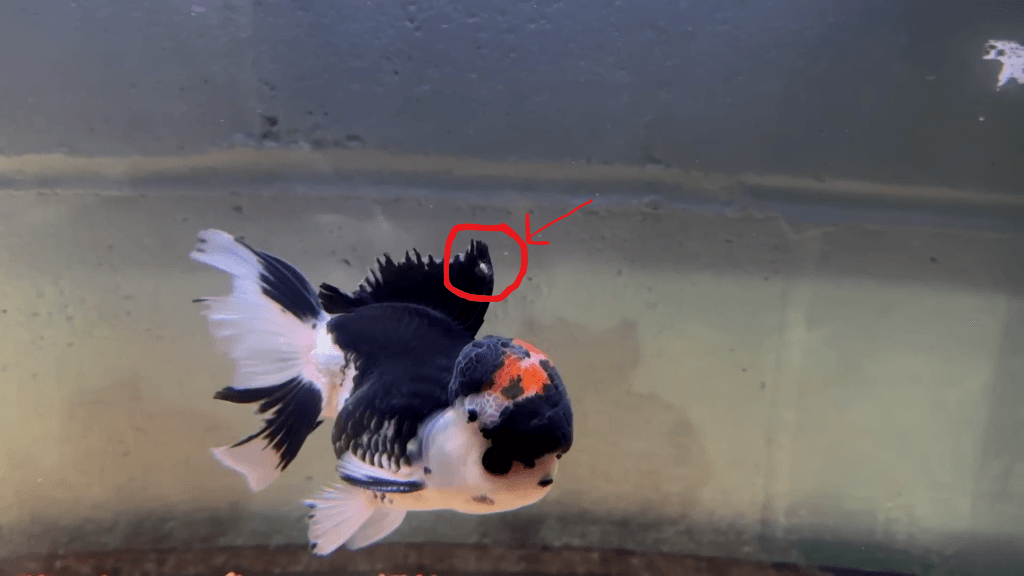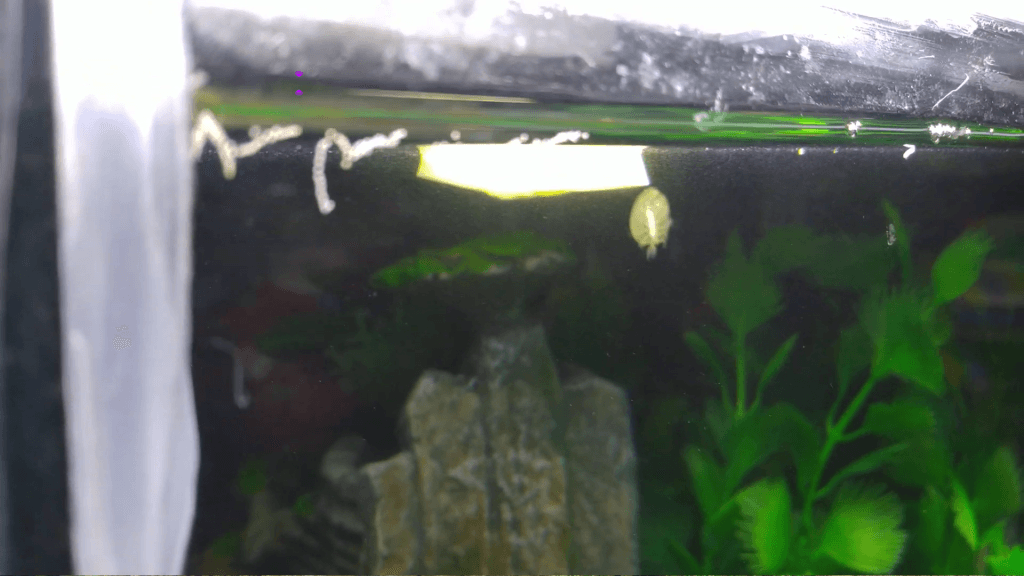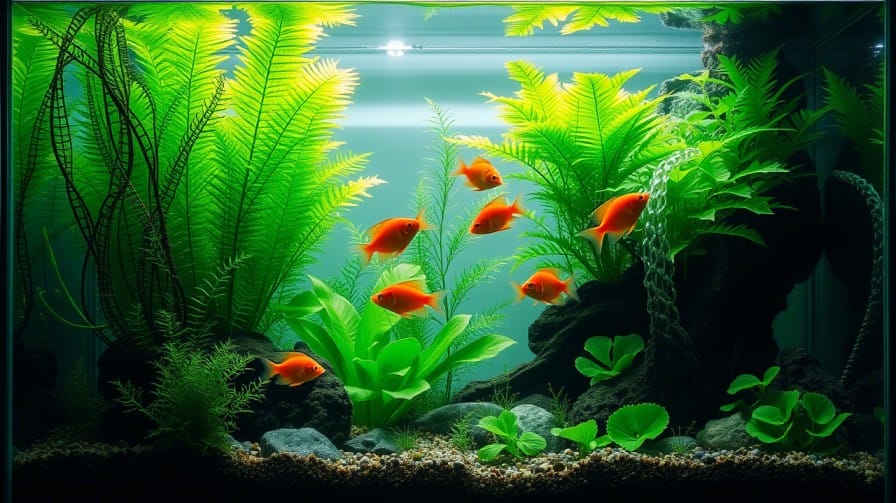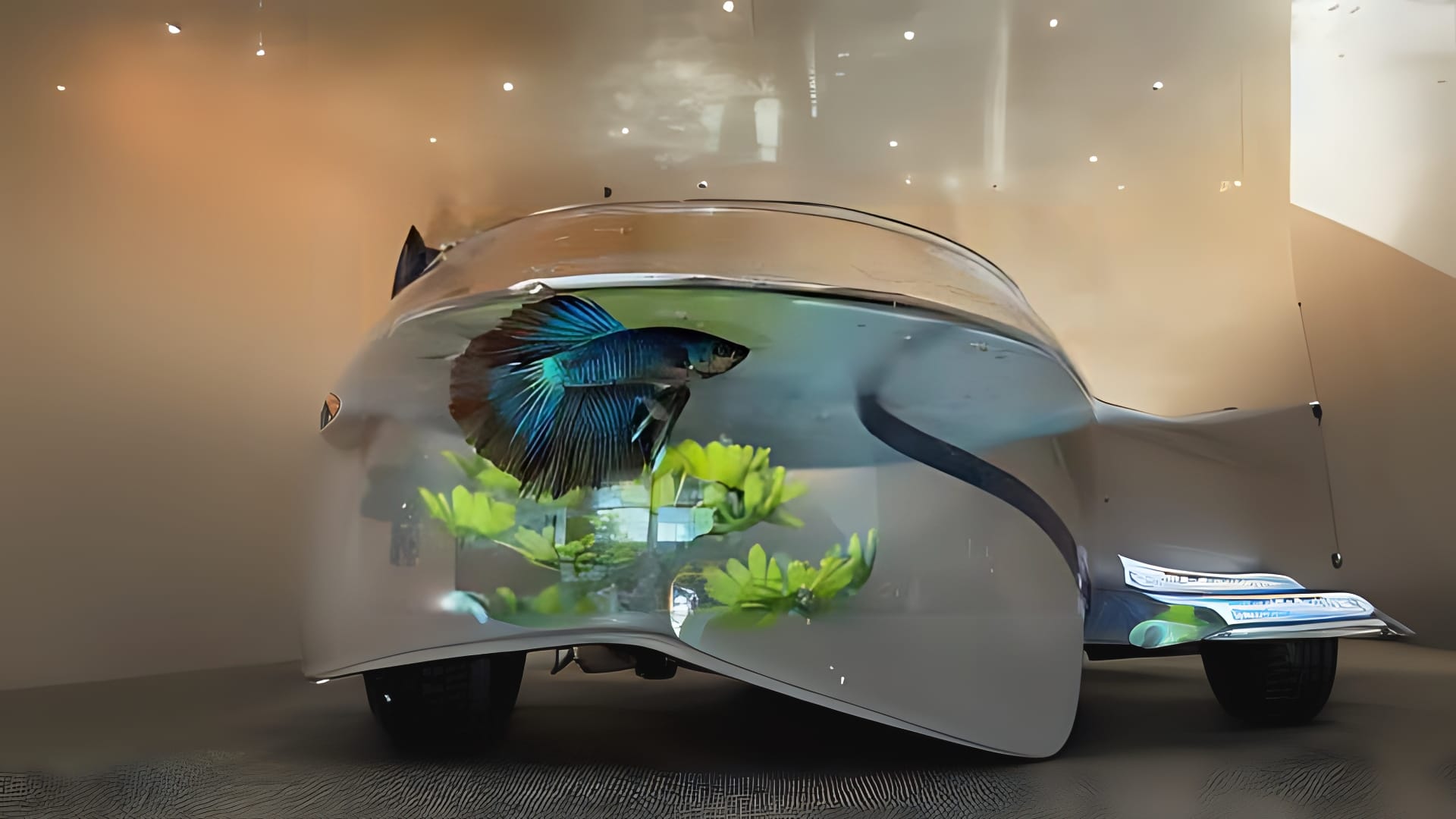
Fish lice (Argulus spp.) are parasitic crustaceans that can wreak havoc in freshwater aquariums, causing stress, injury, and even death to your fish if left unchecked. These tiny pests, often introduced via new fish or plants, are a challenge for beginner and intermediate aquarium hobbyists alike. Fortunately, with the right knowledge and tools, you can effectively eliminate fish lice and prevent future infestations. Steps to help you maintain a healthy aquarium, targeting keywords like how to get rid of fish lice in an aquarium and fish lice treatment.
Introduction – Understanding Fish Lice and Why They’re a Problem
Fish lice, scientifically known as Argulus species, are branchiuran crustaceans related to crabs and shrimp, not true lice. Measuring 3-7mm long and 2-4mm wide, they are flat, oval, and often translucent, making them tricky to spot (University of Florida IFAS). They attach to fish using suction cups or hooks, feeding on blood and tissues, which causes irritation, tissue damage, and vulnerability to secondary infections. Heavy infestations can weaken fish, leading to high mortality rates, especially in species like goldfish, koi, and other cyprinids.
Early detection is critical, as fish lice can spread rapidly in aquariums. Their eggs, laid on hard surfaces like tank glass or plants, can hatch over weeks, complicating eradication. This guide equips you with actionable steps to identify, treat, and prevent fish lice, ensuring your fish thrive.

How to Identify Fish Lice in Your Aquarium
Recognizing fish lice early is key to effective treatment. Here’s what to look for:
Signs and Symptoms
Fish lice are macroscopic, meaning they’re visible to the naked eye, though their translucent bodies can blend with fish skin. Common symptoms include:
| Symptom | Description |
|---|---|
| Rubbing or Scratching | Fish rub against objects to dislodge parasites |
| Visible Parasites | Small, flat, oval lice (3-7mm) on fish skin |
| Skin Lesions | Red spots or ulcers where lice have fed |
| Lethargy | Fish appear less active or hide more |
| Loss of Appetite | Reduced feeding behavior |
| Erratic Swimming | Unusual swimming patterns or darting |
Visual Descriptions
Fish lice have an oval or rounded carapace, two compound eyes, and suction cups for attachment (Wikipedia: Argulus foliaceus). They may appear as small, moving dots on fish, often on the fins, gills, or body. Unlike ich (white spots), fish lice are larger and mobile.
Common Hosts and Behavior
Fish lice commonly affect goldfish, koi, and other freshwater fish like tetras and gouramis. They are more active in darkness and use their sense of smell to locate hosts, often introduced via pond-raised or wild-caught fish (The Spruce Pets).
Read More: How to Treat Cloudy Eyes in Fish A Comprehensive Guide
Step-by-Step Treatment Guide
Eliminating fish lice requires a multi-faceted approach targeting adults, juveniles, and eggs. Follow these steps:
- Confirm the Infestation: Observe fish for symptoms and use a magnifying glass to spot lice. Consult a vet or aquatic specialist if unsure.
- Quarantine Affected Fish: If possible, move infested fish to a quarantine tank to prevent spread. Ensure the quarantine tank has stable water parameters.
- Manual Removal: For visible lice, gently remove them using tweezers. Hold the fish in a damp cloth to minimize stress, avoiding damage to scales or fins.
- Medicate the Tank: Use a treatment effective against all life stages. Recommended options include:
- Pond Solutions CyroPro: Contains cyromazine, safe for fish and biofilters.
- Dimilin: Contains diflubenzuron, effective but restricted in some areas.
- Potassium Permanganate: Effective in freshwater but requires precise dosing.
- Follow Dosage Instructions: For CyroPro, add 1 teaspoon per 50 gallons, remove carbon filters and UV sterilizers, and treat for 7 days, repeating if necessary. Monitor fish for stress (e.g., gasping or lethargy).
- Clean the Tank: After treatment, perform a 50-90% water change and clean tank surfaces to remove eggs. Sterilize plants and decorations by soaking in a mild bleach solution (1:10 ratio) and rinsing thoroughly.
- Monitor and Repeat: Check fish daily for remaining lice. Repeat treatment after 7-10 days to target newly hatched juveniles, as eggs can hatch over 17-61 days depending on temperature.
Note: Avoid salt baths, as fish lice are resistant to salt compared to other parasites (MonsterFishKeepers). If secondary infections occur, use broad-spectrum antibiotics like Fish Mox, mixed with food (Aquarium Science).
Preventive Measures to Stop Future Infestations
Prevention is easier than treatment. Implement these strategies:
- Quarantine New Additions: Isolate new fish and plants for 2-4 weeks in a separate tank. Monitor for parasites before introducing them to the main aquarium.
- Maintain Water Quality: Test water parameters weekly (pH, ammonia, nitrite, nitrate) and perform regular water changes (10-20% weekly). Stable conditions reduce fish stress and parasite susceptibility (Fish Vet).
- Inspect Plants and Decor: Rinse and quarantine live plants for 2 weeks. Sterilize decorations to eliminate hitchhiking parasites.
- Regular Monitoring: Observe fish daily for unusual behavior or visible parasites. Early detection prevents outbreaks.
- Avoid Overcrowding: Maintain appropriate stocking levels to reduce stress and disease transmission.
Safe and Effective Products for Fish Lice Removal
Choosing the right treatment is critical. Below is a comparison of common fish lice treatments:
| Treatment | Active Ingredient | Effectiveness | Safety | Notes |
|---|---|---|---|---|
| CyroPro | Cyromazine | High | Safe for fish and biofilter | Specifically for fish lice and anchor worms (Hikari CyroPro) |
| Dimilin | Diflubenzuron | High | Restricted use; follow label | Effective but may require careful handling |
| Potassium Permanganate | Potassium Permanganate | Moderate to High | Can be harsh; dosage critical | Legal for food fish; not for marine systems |
| Manual Removal | N/A | Partial | Safe | Only removes visible adults; doesn’t address eggs |
| Salt Baths | Sodium Chloride | Low to Moderate | Safe if done correctly | May not be effective against all stages |
Application Guide
Proper application ensures success:
| Treatment | Application Method | Dosage | Duration | Precautions |
|---|---|---|---|---|
| CyroPro | Add to tank water | 1 tsp per 50 gallons | 7 days, repeat if necessary | Remove carbon filter, UV |
| Dimilin | Add to tank water | Follow label instructions | Varies | Restricted use; handle carefully |
| Potassium Permanganate | Bath or tank treatment | 10 mg/L for 30 min, or 1.3 mg/L twice over 3 days | Varies | Monitor fish closely; can be toxic |
| Manual Removal | Physical removal | N/A | As needed | Be gentle to avoid injuring fish |
| Salt Baths | Short-term bath | 1-3% salt solution | 5-10 minutes | Not effective for all stages; monitor fish |
Note: Avoid copper-based treatments in tanks with invertebrates, as copper is toxic to shrimp, snails, and corals (University of Florida IFAS). Always check product compatibility with your aquarium’s inhabitants.
FAQs
Can Fish Lice Live Without a Host?
Adult fish lice can survive without a host for up to 2 weeks, while larvae must find a host within 2-3 days or die. Eggs, laid on tank surfaces, can remain dormant for months, hatching when conditions are favorable.
Is It Safe to Use Copper Treatments with Invertebrates?
No, copper treatments are highly toxic to invertebrates like shrimp, snails, and corals. Use alternative treatments like CyroPro or diflubenzuron-based products in tanks with invertebrates.
How Long Does It Take to Get Rid of Fish Lice?
Eliminating fish lice typically takes 2-4 weeks, depending on the treatment and infestation severity. Multiple applications are needed to target eggs and juveniles, which can hatch over 17-61 days.
Do Fish Lice Affect Humans?
Fish lice do not infect humans. They are specific to fish and pose no health risk, though infested fish should be treated before consumption.
Expert Verdict – Best Practices for Healthy Fish and a Clean Tank
To keep your aquarium free of fish lice and other parasites, adopt these best practices:
- Routine Maintenance: Perform weekly water changes and test parameters to maintain optimal conditions.
- Quarantine Protocols: Always isolate new fish and plants to prevent introducing parasites.
- Observation: Check fish daily for signs of distress or parasites, acting quickly if issues arise.
- Consult Experts: For severe infestations, consult an aquatic veterinarian for tailored advice (Fish Vet).
- Community Engagement: Join forums like Reddit’s r/Aquariums to share experiences and learn from others (Reddit r/Aquariums).
Recent Updates – New Treatments or Methods in 2025
As of 2025, treatments like CyroPro and Lice-Solve™ remain effective for fish lice. Emerging products may include new formulations of emamectin or other anti-parasitic compounds. Stay updated by checking reputable sources like Aquarium Co-Op or consulting aquatic veterinarians for the latest advancements. Natural remedies, such as salt baths, are less effective, and chemical treatments are preferred for reliable results.


